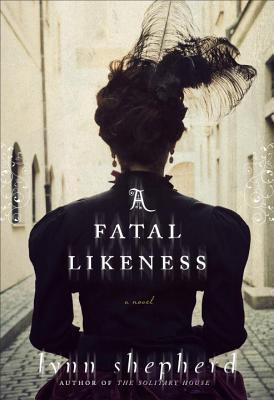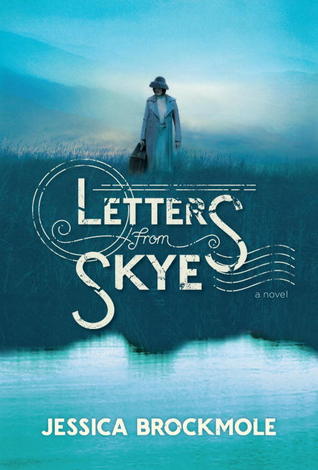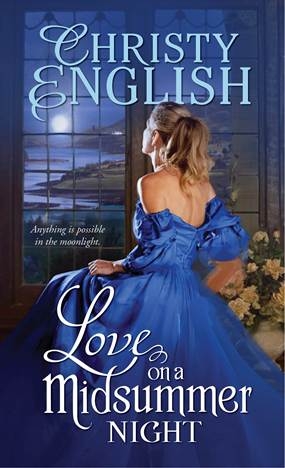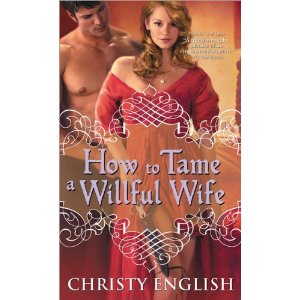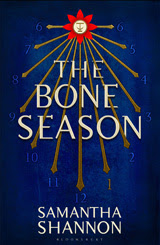 |
| Random House Uk Ebury press 20 June 2013 |
Mistress of the Sea is set in 1570 against the background of Elizabethan England when glorious sea voyages led to the allure of prosperity, and the magnetism of inscrutable sea captains gave the illusion that foreign wealth was there for the taking. Abandoning her mother, two enthusiastic suitors and a wealthy home amongst the merchant class of the port of Plymouth, Ellyn Cooksley stows away on board Drake’s ship bound for Panama. But also on board Drake’s ship, The Swan, is Ellyn’s sickly father and Ellyn’s erstwhile admirer, Will Doonan, whose primary reason for the voyage is to avenge the fate of his lost brother Kit. However, Will is horrified when the stowaway is revealed and this knowledge will put his loyalty to the test, not just to Ellyn and her father, but also to his sea captain.
Taking as her inspiration, Sir
Francis Drake’s first great endeavour, the attack on the Spanish
'Silver Train' in Panama, the author has weaved together a
story which abounds with nautical intrigue, and with meticulous care and
research has produced a realistic historical adventure, complete with
rollicking high seas, the lure of Spanish bounty and a frisson of romance.
Nicely written and with an
obvious fine eye for historical accuracy, this is a commendable debut novel and
the launch of a new talent in historical fiction.
My thanks to Netgalley and Random
House UK, Ebury Publishing


